By: Chris Cannon, Ph.D. student in Cultural Anthropology at the University of Alaska Fairbanks
The sky is routinely overlooked in Northern Dene (Athabaskan) ethnology as a meaningful site for investigating linguistic and cultural knowledge. The Northern Dene comprise approximately 28 Indigenous groups related by language and culture spanning from western interior Alaska to Hudson Bay, Canada (See Figure 1). The Northern Dene are part of the larger Na-Dene language family that also includes the Apachean (i.e., Navajo and Apache) in the American Southwest, the Pacific Coast Dene who historically occupied small estates in coastal regions of Northern California, Oregon, and southern Washington, and the Eyak and Tlingit in southeast Alaska and adjacent portions of British Columbia and the Yukon (Krauss and Golla 1981).
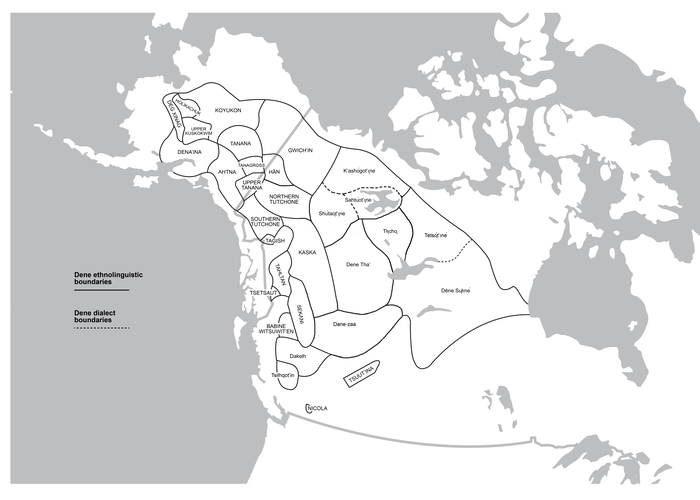
Beginning a decade ago, we initiated a pilot study to investigate potential Dene astronomical knowledge systems with Gwich'in elders. This research gradually expanded into a large comparative study across the subarctic, now including participants from eleven Northern Dene ethnolinguistic groups from central-western Alaska to the eastern arm of Great Slave Lake, Northwest Territories (See Figure 2). Our comparative approach facilitates three main outcomes: 1) much-needed baseline documentation of Northern Dene astronomical knowledge, 2) a larger sample of participants who maintain this endangered linguistic and cultural knowledge, and 3) a basis for comparison across ethnolinguistics groups to better inform a historical perspective of Dene astronomical knowledge and practices.

Throughout this study, our central research question asked: How do Northern Dene peoples perceive, conceptualize, and integrate the sky and its contents into systems of knowledge and worldview? While we initially assumed this research would center on environmental knowledge and practices, our field experiences redirected our focus to questions concerning cosmology, shamanism, and religious change. A combination of interviews, linguistic elicitation, and a long-term experience-based (heuristic) approach on the land with elders has proven essential for passably investigating these astronomical knowledge systems, which are largely understood and disseminated through covert modes of transmission. Although this study is concerned with a diverse range of celestial objects and atmospheric phenomena, our results have shown that systems of stellar knowledge are especially complex and detailed.
(Author's note: In Northern Dene traditional knowledge, constellations and other-than-human persons, also known as spiritual beings, embodied in the sky and its contents are acutely perceptive to words and actions. As there is always someone or something observing and listening, there are high stakes for words and actions. Talking about the stars is akin to talking about a powerful shaman—it encroaches on the responsibilities of a shaman to deliberate with other-than-human persons. For these reasons, many aspects of Northern Dene astronomical knowledge are largely understood and disseminated through abbreviated discussions and other covert modes of transmission, such as drawing pictures, learning through experience, talking about this knowledge only during certain types of weather or seasons, through belief and luck, and even writing.)
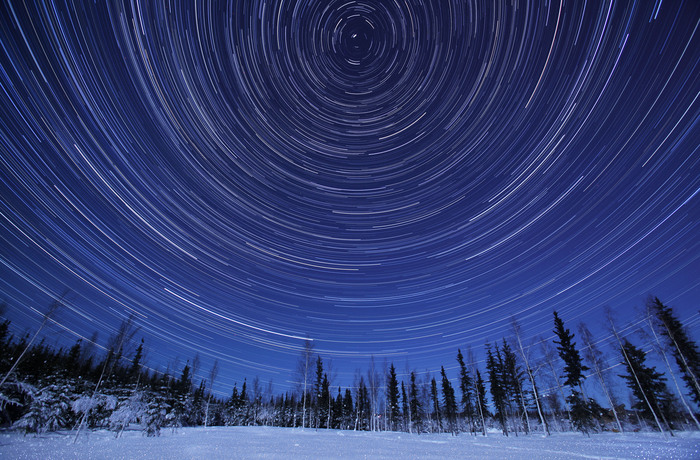
Traditional knowledge bearers in several widely separated ethnolinguistic groups (>1,100 km apart) have delineated a large constellation of a therianthrope (a being that is part human and part animal) or humanoid identified as the incarnated spirit of an ancient Traveler-Transformer figure. This "Traveler" (e.g., Gwich'in Ch'iteehàakwaii 'he started out paddling among things') circled the world in a primordial time when humans and animals were undifferentiated from one another and shared a common language. During his journey, the Traveler transformed dangerous giant animals into their present forms and made the world a safer and more useful place for humans to live. He also invented important Indigenous technology, such as the birchbark canoe, snowshoes, and the bow and arrow, and he shaped the landscape in places where these transformations occurred leaving behind sacred Dene places throughout the subarctic. According to an Ahtna elder, the Traveler (Yabaaghe Tezyaann 'the one who walked around the edge of the sky/world'), "paved the way for humans" and he is, "the keeper of all knowledge."
Although this Traveler figure is well known in Northern Dene mythology, his fate is unresolved in stories. However, those few remaining elders who have expert traditional knowledge of the stars assert that the Traveler's spirit incarnated in the stars as a large therianthrope or humanoid constellation that depicts the Traveler transforming into one of his animal helpers. In Gwich'in and Ahtna, the Traveler is a full-sky constellation spanning more than 143 degrees across the sky comprised of at least 19 named groups of stars (asterisms). In the Gwich'in constellation, Yahdii, 16 of these asterisms are named using body part terminology. The Milky Way his trail (vatąįį) that circles the world. He also grasps a walking stick/spear/medicine staff (vatòo) in his left hand and he wears a single-strapped bag (va'ǫtsùu) on his left side (See Figure 4). The collective rotation of stars is referred to Yahdii ahaa ('Yahdii is walking') or Yahdii gelee nideekhaa ('Yahdii moves/travels over the span'), which denotes his transmogrified journey in the sky.
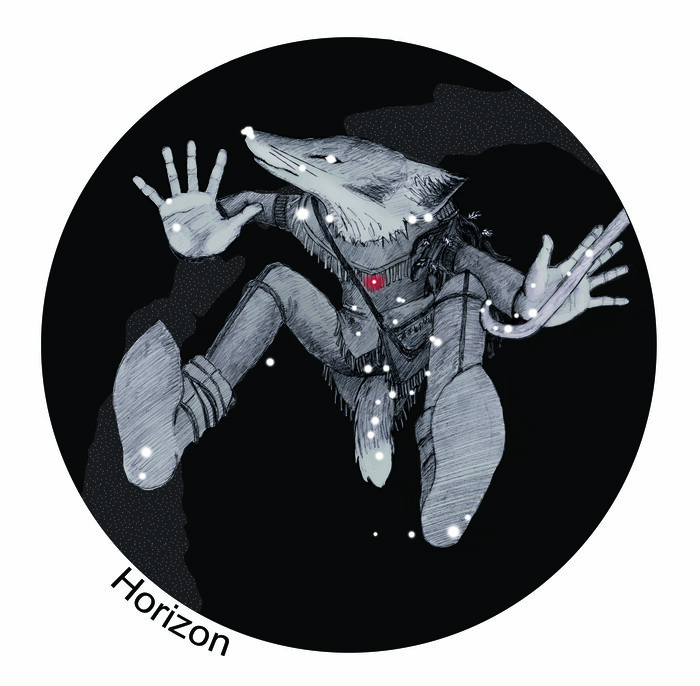
In Table 1, below, the 19 aterisms in the Gwich'in constellation, Yahdii, are listed. Of those, 16 are named using body part terminology. Stars are identified by Bayer or else Flamsteed designations when necessary, followed by common name in parentheses.
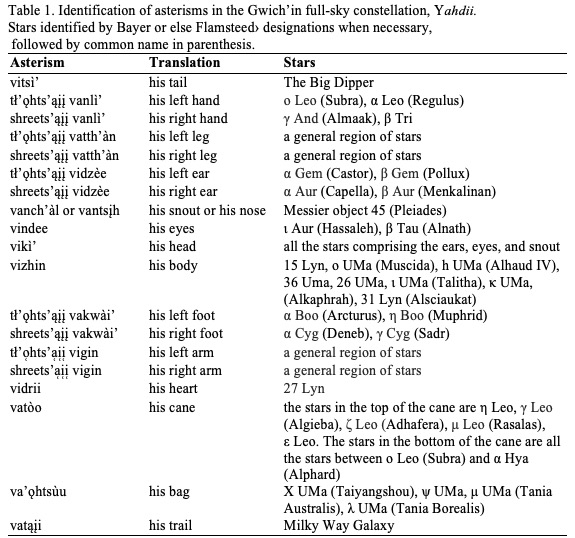
For the Ahtna, Gwich'in, and Sahtúot'ıne, the Traveler's enigmatic transformation to the sky embodies a specialized domain of knowledge rooted in an earlier shamanic system of knowledge and practices. This constellation is not only a world custodian and archetype of an idealized shaman (cf. Ridington 1978, 1988, 1990; Thompson 1990; Guédon 2005), but it is also a shaman's teacher, ally, game-keeper, and the embodiment and distributor of medicine power acquired during the Traveler's primordial journey around the world (i.e., the first vision quest). The Traveler constellation is also integrated into systems of wayfinding, weather-forecasting, and time-reckoning. To date, we have identified humanoid constellations of varying size in eight of eleven ethnolinguistic groups, all of which were previously glossed in the literature as just the Big Dipper or Ursa Major. However, in some cases these constellations represent a dangerous being that the Traveler killed as opposed to the Traveler himself. In total, traditional knowledge bearers have taught us more than 120 previously undocumented names for Northern Dene stars and constellations belonging to complex knowledge systems.
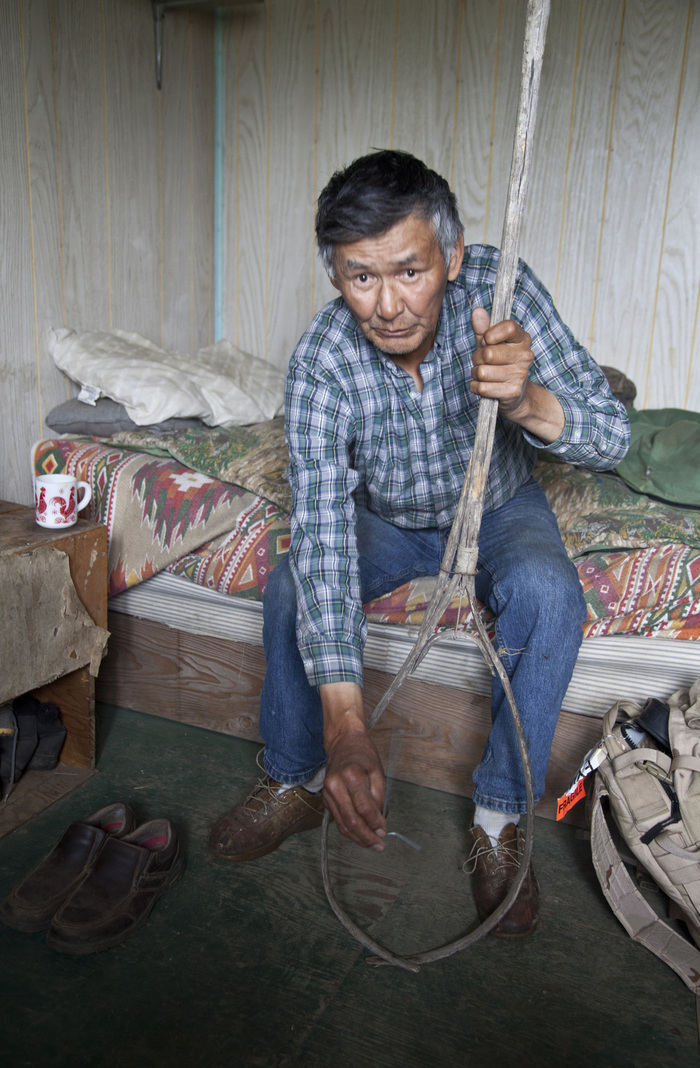
Additional results from this research will appear in a forthcoming paper co-authored with four Indigenous bearers of these knowledge systems (Wilson Justin, Paul Herbert, Charles Hubbard, and Charlie Neyelle): Northern Dene Constellations as Worldview Projections with Case Studies form the Ahtna, Gwich'in, and Sahtúot'ıne (Cannon et al., in press). Other research collaborators are (PI) Gary Holton, Alex Jaker, and James Kari who have especially assisted with the linguistic documentation. This research is supported by the National Science Foundation under Grant No. OPP-1317245 and Grant No. OPP-1753650. Additional support provided by the Aurora Research Institute and the Arctic Institute of North America.
About the Author
 Chris Cannon is a Ph.D. student in cultural anthropology at the University of Alaska Fairbanks. His research interests are in Northern Dene (Athabaskan) language and culture with a particular emphasis on astronomical knowledge within and across Dene ethnolinguistic groups. He enjoys traveling the land with traditional knowledge bearers and has collaborated on several projects to transform his research into other materials and deliverables that are of greater use to Dene communities and the general public, including a poster-sized Gwich'in star chart (in press).
Chris Cannon is a Ph.D. student in cultural anthropology at the University of Alaska Fairbanks. His research interests are in Northern Dene (Athabaskan) language and culture with a particular emphasis on astronomical knowledge within and across Dene ethnolinguistic groups. He enjoys traveling the land with traditional knowledge bearers and has collaborated on several projects to transform his research into other materials and deliverables that are of greater use to Dene communities and the general public, including a poster-sized Gwich'in star chart (in press).
